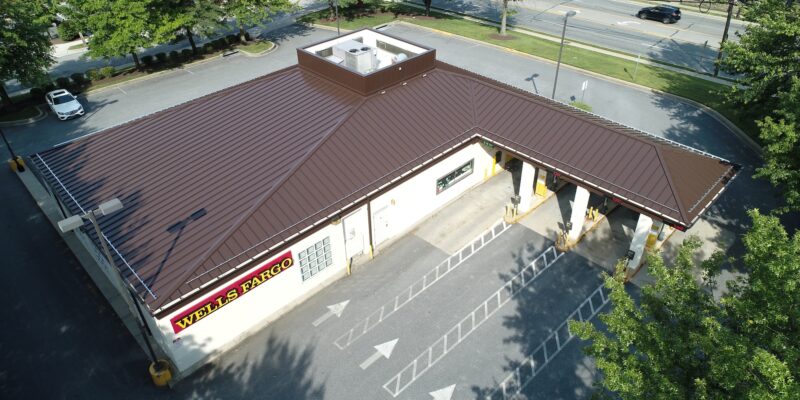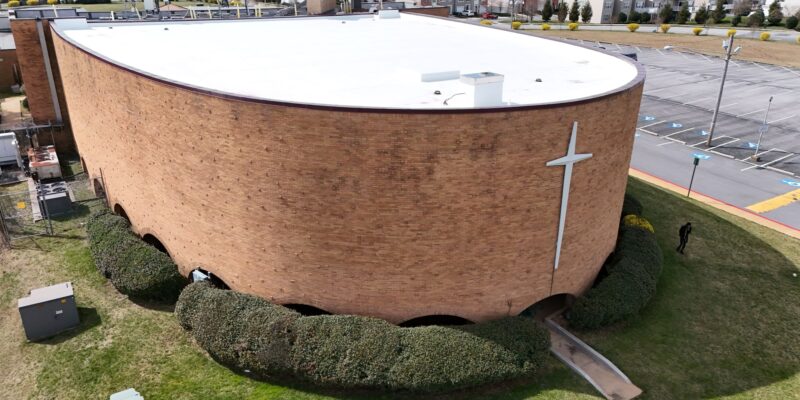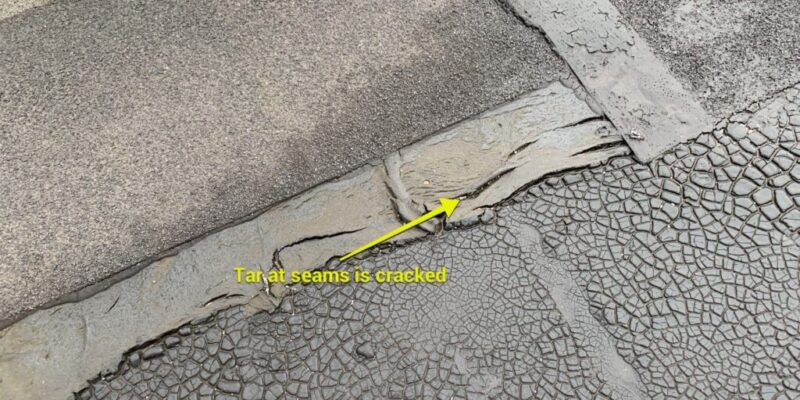Guilford Park High School in Howard County. Maryland was open for new classes in August 2023.
The $129 million-dollar new construction project included a roof provided by Cole Roofing Company; a family owned 100 plus year old commercial roofing firm in Baltimore.
The new school is intended to be used by over 1,600 students soon. It is the County’s first new high school since 2005.
Check Out The Drone Video Below
The building features 40 classrooms and several technology and science rooms.
For Cole Roofing Company, the project had more than the usual construction challenges. The supply chain interruptions due to the Covid-related material shortages created the need for material planning, which only a company with Cole’s strength and reputation could overcome. The project materials included over 140,000 square ft. of built-up roofing and some 37,000 square ft. of metal wall panels.
Cole Roofing overcame supply and other obstacles to contribute to an on time and on budget roof, ready for the kids to start the school year.





